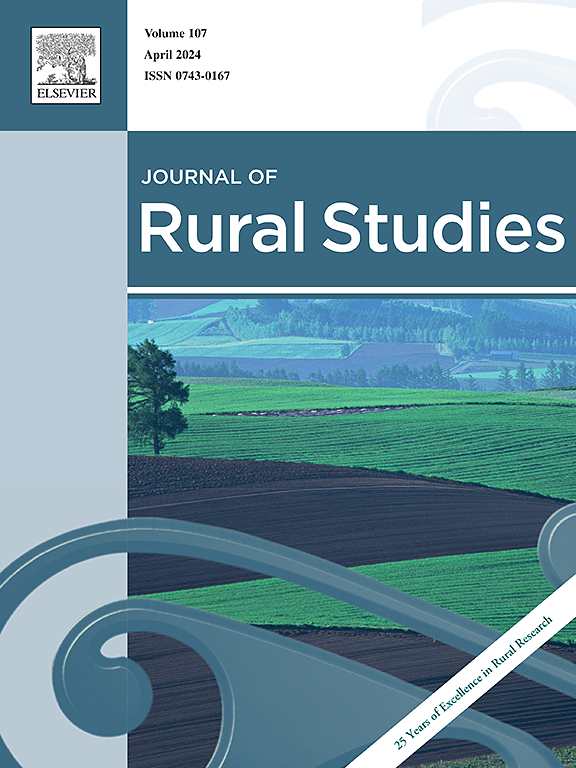Regional relationship between urban-rural economic inequality and carbon intensity in China's counties: Unveiling the trade-off
IF 5.1
1区 社会学
Q1 GEOGRAPHY
引用次数: 0
Abstract
The relationship between economic inequality and carbon intensity in emerging economies remains a subject of ongoing debate. By utilizing multiple satellite datasets, this study examines over 2000 county-level regions in China through the calculation of the Dagum-Gini coefficient and the application of fixed-effects regression analysis. The results demonstrate that higher urban–rural inequality are correlated with lower carbon intensity, particularly in rural areas of less-developed counties, thereby underscoring a potential trade-off between economic inequality and carbon emissions. Mechanism analysis reveals that this relationship is predominantly mediated by differences in energy consumption and industrial structure. These findings provide valuable insights for governments aiming to reconcile urban–rural economic inequalities with low-carbon development objectives.
中国县域城乡经济不平等与碳排放强度的区域关系:权衡的揭示
在新兴经济体中,经济不平等与碳强度之间的关系仍是一个持续争论的话题。本研究利用多个卫星数据集,通过Dagum-Gini系数的计算和固定效应回归分析,对中国2000多个县级地区进行了实证研究。研究结果表明,城乡不平等程度越高,碳排放强度越低,特别是在欠发达国家的农村地区,从而强调了经济不平等与碳排放之间潜在的权衡关系。机制分析表明,能源消费差异和产业结构差异在二者关系中起主导作用。这些发现为旨在协调城乡经济不平等与低碳发展目标的政府提供了有价值的见解。
本文章由计算机程序翻译,如有差异,请以英文原文为准。
求助全文
约1分钟内获得全文
求助全文
来源期刊

Journal of Rural Studies
Multiple-
CiteScore
9.80
自引率
9.80%
发文量
286
期刊介绍:
The Journal of Rural Studies publishes research articles relating to such rural issues as society, demography, housing, employment, transport, services, land-use, recreation, agriculture and conservation. The focus is on those areas encompassing extensive land-use, with small-scale and diffuse settlement patterns and communities linked into the surrounding landscape and milieux. Particular emphasis will be given to aspects of planning policy and management. The journal is international and interdisciplinary in scope and content.
 求助内容:
求助内容: 应助结果提醒方式:
应助结果提醒方式:


